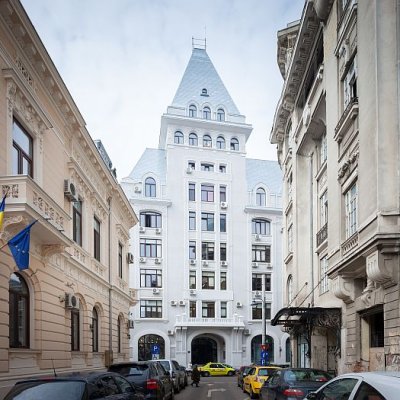
Universul Palace
- 270 m from The Telephone Palace (Palatul Telefoanelor)
The Universul Palace, located in the center of Bucharest, is a historical building of great importance, originally known as the headquarters of the "Universul" newspaper, one of the most influential newspapers in interwar Romania. Built between 1926 and 1930, the palace impresses with its neoclassical architecture and elaborate ornamental details,...







